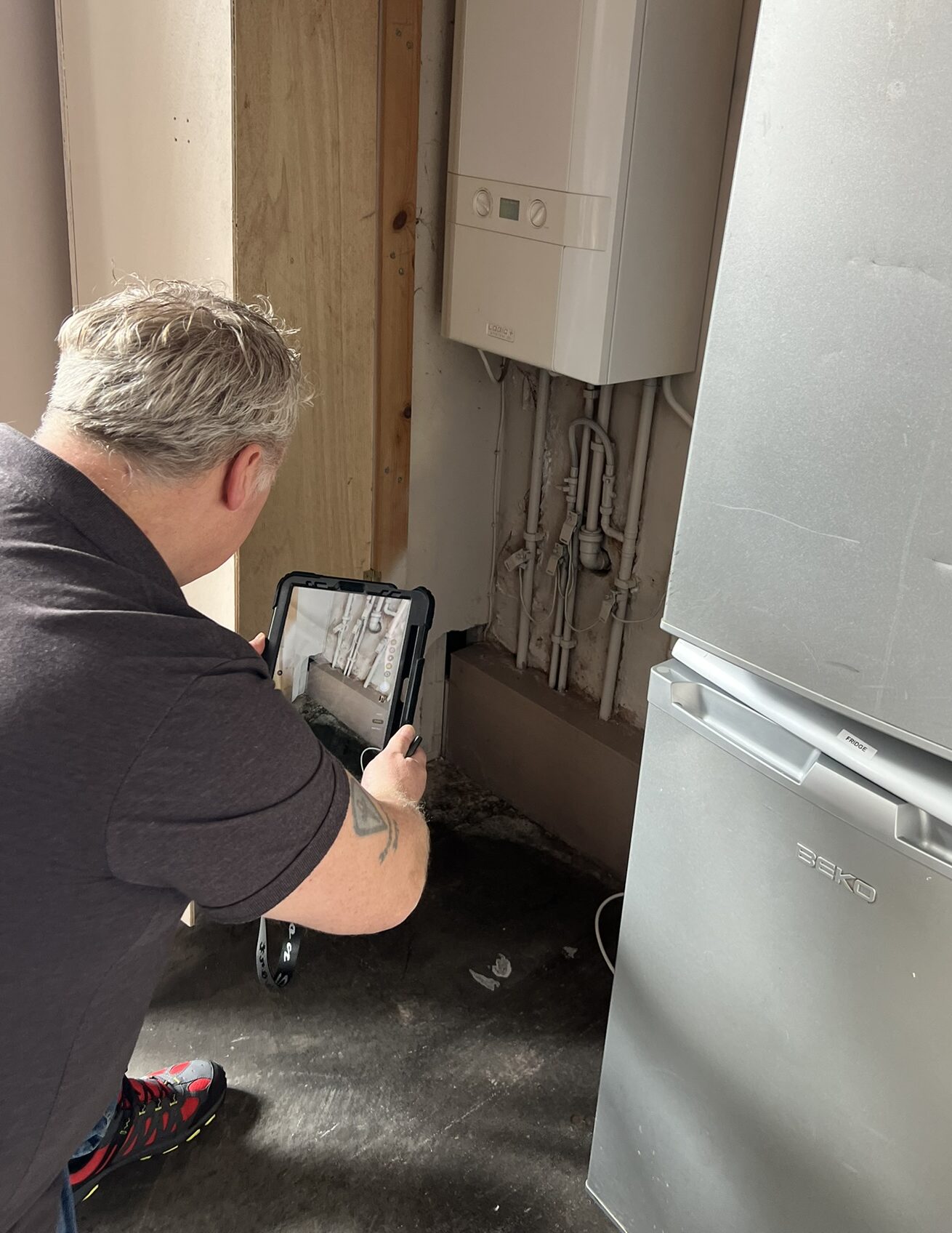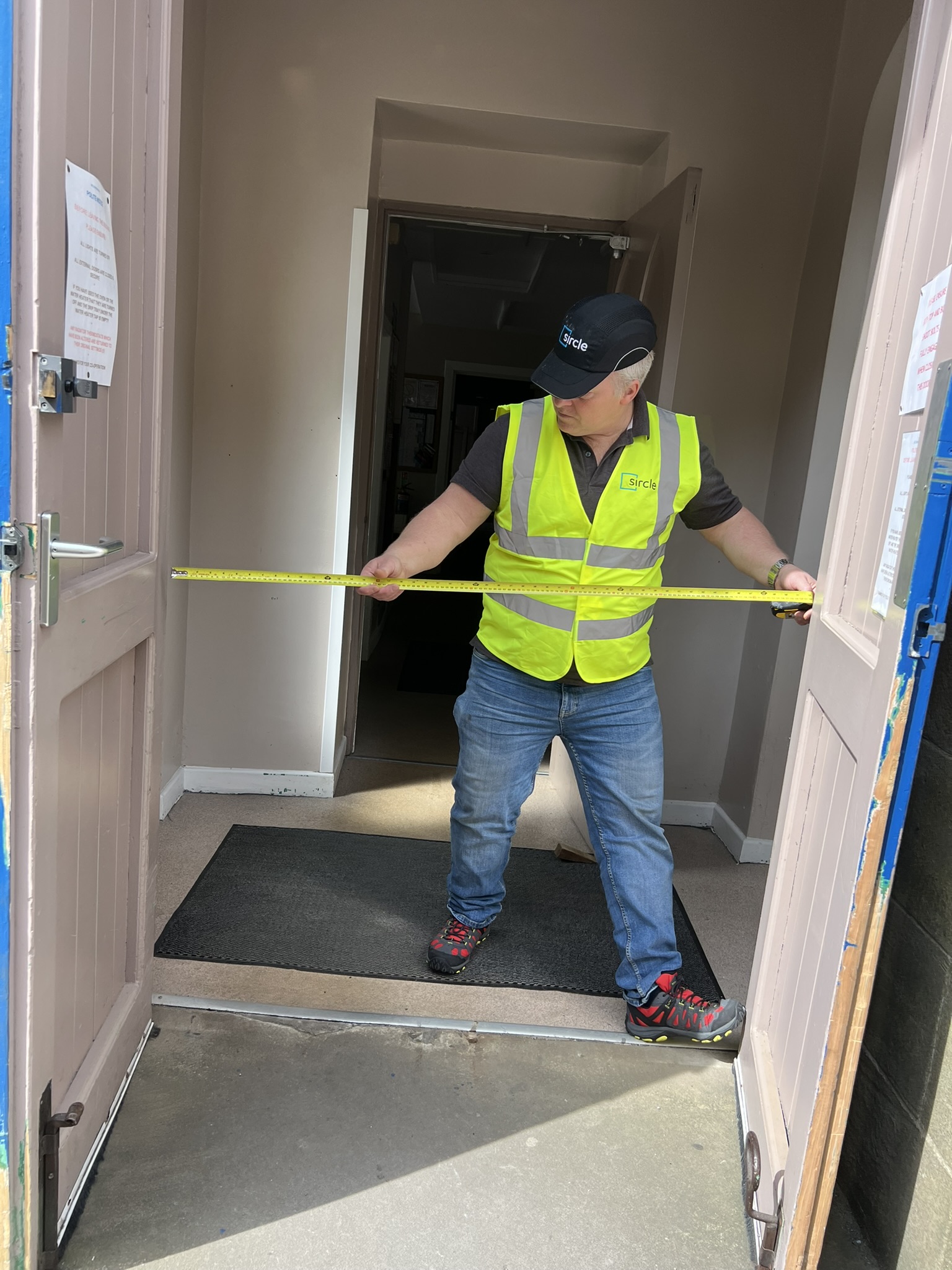
Navigating fire safety challenges in social housing
The landscape of fire safety in social housing is undergoing significant scrutiny says Anthony Walker

A Fire Risk Assessment is a systematic evaluation of a building to identify fire hazards, assess the level of risk, and determine the necessary measures to prevent fire and protect occupants. Required under the Regulatory Reform (Fire Safety) Order 2005, these assessments apply to virtually all non-domestic premises and communal areas of residential buildings. They are essential for ensuring life safety and legal compliance, whether for small, purpose-built blocks of flats or complex properties such as healthcare facilities.
A thorough Fire Risk Assessment results in a clear, actionable report outlining any deficiencies and providing time-bound recommendations to reduce or mitigate identified risks. These action plans help duty holders—such as building owners, landlords, or responsible persons—understand their obligations and take practical steps to manage fire safety effectively. Ultimately, fire risk assessments are a vital tool in safeguarding residents, employees, contractors, and visitors while maintaining compliance with fire safety regulations.

Sircle delivers trusted Fire Risk Assessments backed by a team of highly qualified and experienced assessors. We ensure each assessment is carried out by the most appropriate expert for your building type and risk profile, guaranteeing accuracy and compliance.
All our assessors are accredited members of professional bodies such as the IFE or IFSM and are registered with respected third-party schemes, including the IFSM Tiered Register and the NSI Fire Risk Assessment Scheme. Supported by a robust quality management system and advanced reporting software, we provide clear, reliable, and actionable assessments that help you meet legal obligations and protect lives.
Examples of Sircle carrying out Fire Risk Assessments.

A Sircle surveyor carrying out a fire risk assessment.

A Sircle surveyor carrying out one of the elements of a fire risk assessment.
There are four main types of fire risk assessment.
Type 1 – This is the most basic fire risk assessment and satisfies the current Fire Safety Order. It is a common parts only assessment and is non-destructive. It considers the means of escape, the level of compartmentation on a sampling basis where practicably achievable; this may include service risers and above suspended ceiling tiles etc. It will form the basis of any recommendation for a more enhanced type of survey if justified, along with any requirement for a full fire door inspection or compartmentation inspection. For residential premises such as a block of flats, it will consider the separating construction between apartments and the common parts. It will also sample the flat entrance doors for compliance.
Type 2 – The scope of a type 2 fire risk assessment is similar to type 1, except there will be a degree of intrusive inspection in the common parts. This may require a contractor to open up areas of assessment, ensuring they are reinstated to the same standard. Due to the nature of the work, this type of survey may only be carried out in void flats for residential premises.
A Type 2 assessment should only be carried out with valid reasoning such as a suspicion of serious structural deficiencies which could cause rapid fire spread. These assessments should not be specified as a matter of cause.
Type 3 – In residential premises, a Type 3 fire risk assessment includes the work involved in a Type 1 fire risk assessment, but goes beyond the scope of the FSO (though not the scope of the Housing Act). This risk assessment considers the arrangements for means of escape and fire detection (i.e., smoke alarms) within at least a sample of the flats. Within the flats, the inspection is non-destructive, but the fire resistance of doors to rooms is considered. Measures to prevent fire are not considered unless (e.g., in the case of maintenance of the electrical and heating installations) the measures are within the control of, for example, the landlord. A Type 3 fire risk assessment may sometimes be appropriate for rented flats if there is reason to suspect serious risk to residents in the event of a fire in their flats. (This might be, for example, because of the age of the block or reason for suspicion of widespread, unauthorised material alterations). This type of fire risk assessment will not be possible in the case of long leasehold flats, as there is normally no right of access for freeholders.
Type 4 – A Type 4 fire risk assessment has the same scope of work as a Type 3 fire risk assessment, except that there is a degree of destructive inspection. In residential premises in both the common parts and the flats this will be carried out on a sampling basis. This will usually necessitate the presence of a contractor for the purpose of opening up construction and making good after the inspection. However, the nature of the work is such that, often, destructive inspection within flats can only be carried out in those that are vacant. This is the most comprehensive fire risk assessment, but will only be appropriate in limited circumstances – such as when a new landlord takes over a block of flats in which the history of works carried out is unknown and there is reason to suspect serious risk to residents from both a fire in their own flats and a fire in neighbours’ flats. Note: Before destructive inspection is to be carried out, the risk of disturbing asbestos should be considered (e.g., by examination of the asbestos register).
Currently anyone can undertake a fire risk assessment. The crucial requirement is that the fire risk assessor must be competent in order to carry out an assessment which captures all of the risks that the premises, its use and occupants may present along with recommending the necessary remedial measures required to eliminate, reduce and manage these risks to an acceptable level. The level of expertise required by the assessor must be commensurate with the risk profile and complexity of the premises. An assessor’s individual competence along with the back-up of a company’s robust quality management system, both demonstrated by accreditation, professional membership, CPD, registrations and experience provide a strong platform for the production of excellent fire risk assessments and practical, economically feasible action plans and advice.
The Fire Safety Order Requires Duty holders and responsible people to ensure the risks from fire are managed and reduced to an acceptable level. It is a legal requirement that all non-domestic premises have a valid fire risk assessment. Legislation requires a suitable and sufficient risk assessment to be carried out by a responsible person (the employer or person in control of the premises) further defined in the Fire Safety Order as:
The employer (for a workplace to any extent under the employer’s control); or
A person who has control of a premises in connection with them carrying out any trade, business or other undertaking (for profit or not); or
The owner, where the person in control of the premises does not have control in connection with the carrying on by that person of any trade, business or other undertaking
There is no current national level of competence required to be a fire risk assessor. This means the quality of FRA you will receive can vary hugely. The requirement for an FRA to be suitable and sufficient means that the assessor must be competent and experienced with the relevant level of training and qualifications to assess the type of premises and risk level required.
